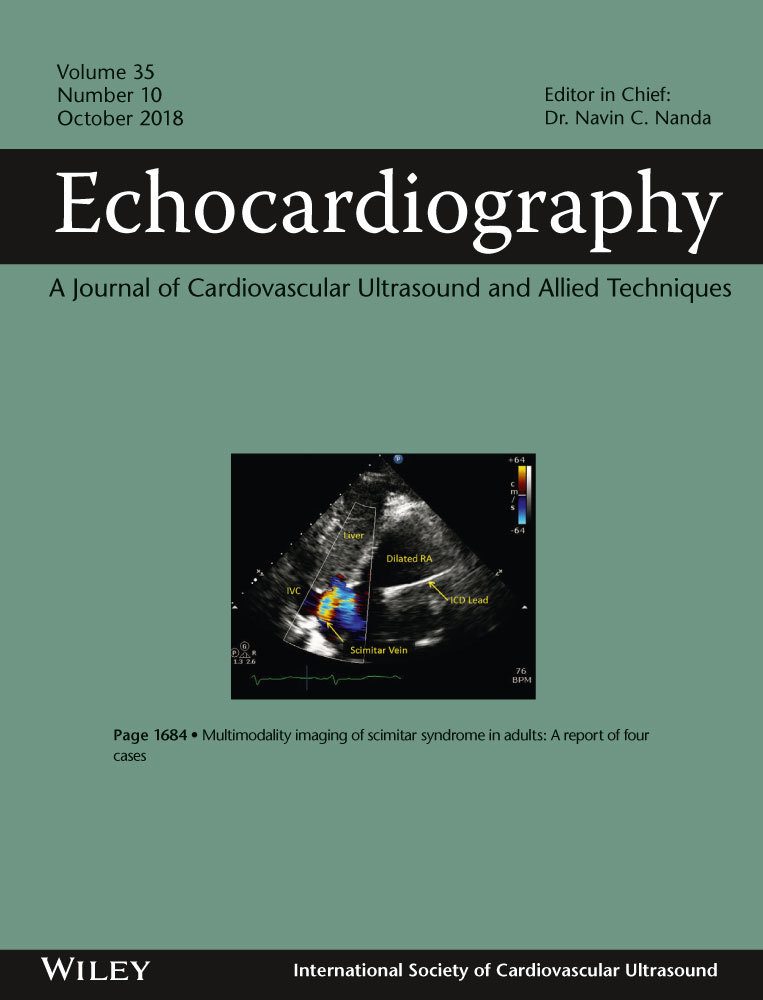Diastolic dysfunction in tetralogy of Fallot: Comparison of echocardiography with catheterization
Funding information
This work was supported by the National Institutes of Health (grant numbers T32 HL007915 [MPD], K01HL125521 [LMR]) and a Pulmonary Hypertension Association supplement to the K01 (LMR).
Abstract
Background
Right ventricular (RV) systolic dysfunction has been associated with adverse outcomes in tetralogy of Fallot (TOF). However, the role and etiology of diastolic dysfunction remain incompletely defined. We assessed the association between traditional echocardiographic measures of diastolic function with catheter-based RV end-diastolic pressure (RVEDP) and identified clinical characteristics independently associated with diastolic dysfunction.
Methods
Single-center, retrospective cohort study of surgically repaired TOF patients undergoing cardiac catheterization with echocardiograms within 3 months prior to the catheterization. Tricuspid inflow and tissue Doppler measurements (E/A, E/e′, and deceleration time) defined diastolic dysfunction, graded as impaired relaxation, pseudonormal, or restrictive physiology. Regression analyses tested associations between echocardiographic parameters, RVEDP, and clinical characteristics.
Results
Ninety-four subjects were included. Catheterization age was 8.9 years (interquartile range 4.4, 15.9). RVEDP was 9.5 ± 2.5 mm Hg. Sixty-one (65%) subjects had echocardiographic evidence of diastolic dysfunction. RVEDP was not associated with echocardiographic parameters of diastolic function (grade of dysfunction, E/e′, or E/A). Higher RVEDP was associated with larger right atrial and RV end-diastolic area, independently of weight and degree of pulmonary or tricuspid regurgitation, though was not associated with indexed right atrial or RV end-diastolic area. Greater number of interim procedures was associated with higher RVEDP, E/e′, and the presence of diastolic dysfunction by echocardiography.
Conclusions
Diastolic dysfunction, as determined by echocardiography-derived and catheter-based (RVEDP) measures, is prevalent in this TOF population. These measures are not associated with each other; therefore, echocardiographic parameters of diastolic function are not reflective of RVEDP. The development of noninvasive parameters that correlate with filling pressures is required.




